Reflexology Massage and Internal Organ Massage
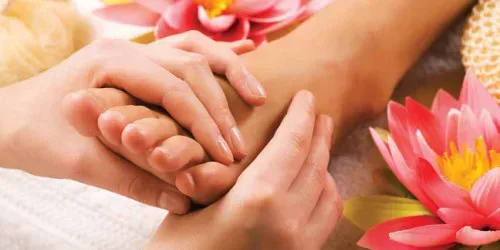
Reflexology – A Beneficial Practice for Feet and Body
Throughout life, the lower limbs of the body bear the full pressure exerted by the upper part of the body. Reflexology or reflexogenic massage are practices that help support the well-being of the feet and the body as a whole.
Reflexology is the science of reflex zones and is based on the principle that there are areas or points on the hands and soles of the feet that correspond to each organ, gland, or structure of the body. It is a very ancient practice dating back to ancient Chinese and Egyptian medicine.
How Reflexology Works
By applying pressure to certain parts of the hands and feet, pain in other parts of the body located in the same zone can be alleviated.
Energy constantly flows through channels or zones in the body, which terminate to form reflex points on the soles of the feet and hands.
When the flow of energy is unobstructed, we are healthy, but when it is blocked by tension or congestion, it is an indication of illness. By activating the reflex zones, blockages are removed, and harmony is restored in all systems.
A reflexology session highlights sensitive or painful points in the reflex zones through palpation.
Pain is directly proportional to the severity and duration of the corresponding organ’s condition.
Due to the extended periods that most people spend standing or sitting, toxins tend to accumulate in the lower areas of the body, concentrating in the reflex points on the soles, corresponding to the affected organs.
Correct diagnosis is based on assessing the intensity of pain, correlated with the perception of toxin deposits in the reflex zones.
Massaging the affected reflex zones involves breaking down the crystal deposits of toxins, which will be picked up by the bloodstream and sent to the organs of elimination.
Good blood circulation is vital for each organ or area of the body as it transports nutrients, hormones, antibodies, and oxygen, as well as metabolic waste.
Benefits of Reflexology
Below you can find some guidelines to maximize the benefits, especially since reflexotherapy can be performed by a specialist but also in the form of self-massage.
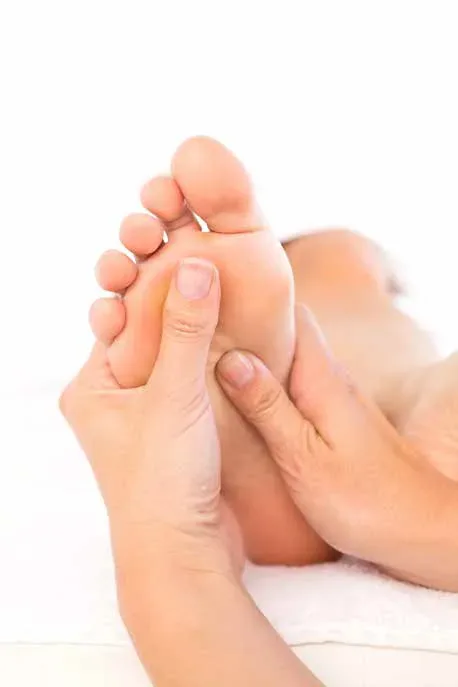
Massaging the zones should be done from the heels towards the toes, and not the other way around, to avoid disrupting lymphatic circulation. In the case of the large intestine, it should be massaged in the direction of elimination. The areas undergoing treatment should be healthy.
Here are some principles we follow to establish correlations between the anatomy of the body and the organ map on the soles:
– The narrowest part of the sole corresponds to the waist of the body.
– Reflex zones located above the waistline correspond to the upper part of the body.
– Below the waistline on the sole, the organs in the lower part of the body are mirrored.
– The right side of the body has the projection of the main organs on the right foot.
– The left side of the body is mirrored on the left foot.
– The central column in the body is projected onto the inner edges of the soles.
– Bilateral organs such as the kidneys, lungs, eyes have projections on both soles.
– Central organs such as the heart, thymus, spine have symmetrical projections between the two soles.
Reflexology procedure
In general, each reflex point is massaged for three to five minutes, except for the reflex zone of the liver, which is massaged for two minutes.
In the case of acute conditions, the duration of the massage can be doubled. Since during digestion, blood in the body is directed to the stomach to carry out the process, sessions are conducted two hours before meals and three hours after meals to allow blood circulation to the affected organs.
In general, 12-20 sessions are needed to achieve improvement or healing of diseases.
Reflexology should be considered as a supplementary or adjunctive treatment that complements official medical treatment corresponding to your condition.”
Simona Negrila
Cu bucurie pot spune, ca fac parte din categoria oamenilor fericiti pentru care profesia înseamna pasiune si vocatie. Înca de la începutul Facultatii de Kinetoterapie am fost mai mult atrasa de ideea de a aduce confort si relaxare în vietile oamenilor si astfel tehnicile de masaj au început sa ma fascineze. Dupa multe cursuri pe care le-am urmat în România (masaj suedez, drenaj limfatic, masaj japonez) am decis sa plec si sa-mi continui studiile în alte tari, pentru a aprofunda acest domeniu fascinant. Astfel au urmat câteva cursuri în Europa, si pot afirma ca experienta de la Academia spa Steiner Londra m-a ajutat enorm în evolutia mea ca terapeut. Odata finalizat acest curs am lucrat pe cele mai luxoase vase de croaziera - o experienta care mi-a schimbat viata. În acesta perioada am realizat, ca cel mai întelept lucru ar fi sa învat tehnicile de masaj direct de la sursa pentru a deveni un terapeut cât mai bun. Pentru a-mi urma visul am decis sa plec în Thailanda, unde am patruns în fascinanta lume a masajului thailandez si unde revin în fiecare an cu placere pentru a explora tainele aceastei tehnici. Au urmat multe alte calatorii: Bali - unde masajul balinez te rasfata din cap pâna în picioare, Laos - thai yoga masajul, Vietnam - masajul vietnamez al fetei. "Ador Asia pentru cultura lor, pentru masaj si tot ceea ce are de oferit! Traiesc zilnic sentimente de bucurie dupa fiecare sedinta de masaj stiind, ca am transmis o stare de bine."
Recent Posts
Related Articles
CrossFit exercises practiced outdoors or at home
Concentration and discipline are indispensable for succeeding in any training program, regardless...
July 27, 2023Health guide for “ageless” women
Discover the Benefits of Physical Exercise and the Best Types of Training...
July 27, 2023Home-Based Pregnancy Workout in Comfort
The Benefits of Prenatal Home Workout The way we interact with people...
July 10, 2023Supplementation with Vitamins and Minerals
Essential nutrients for the body The macronutrients and micronutrients are essential for...
July 10, 2023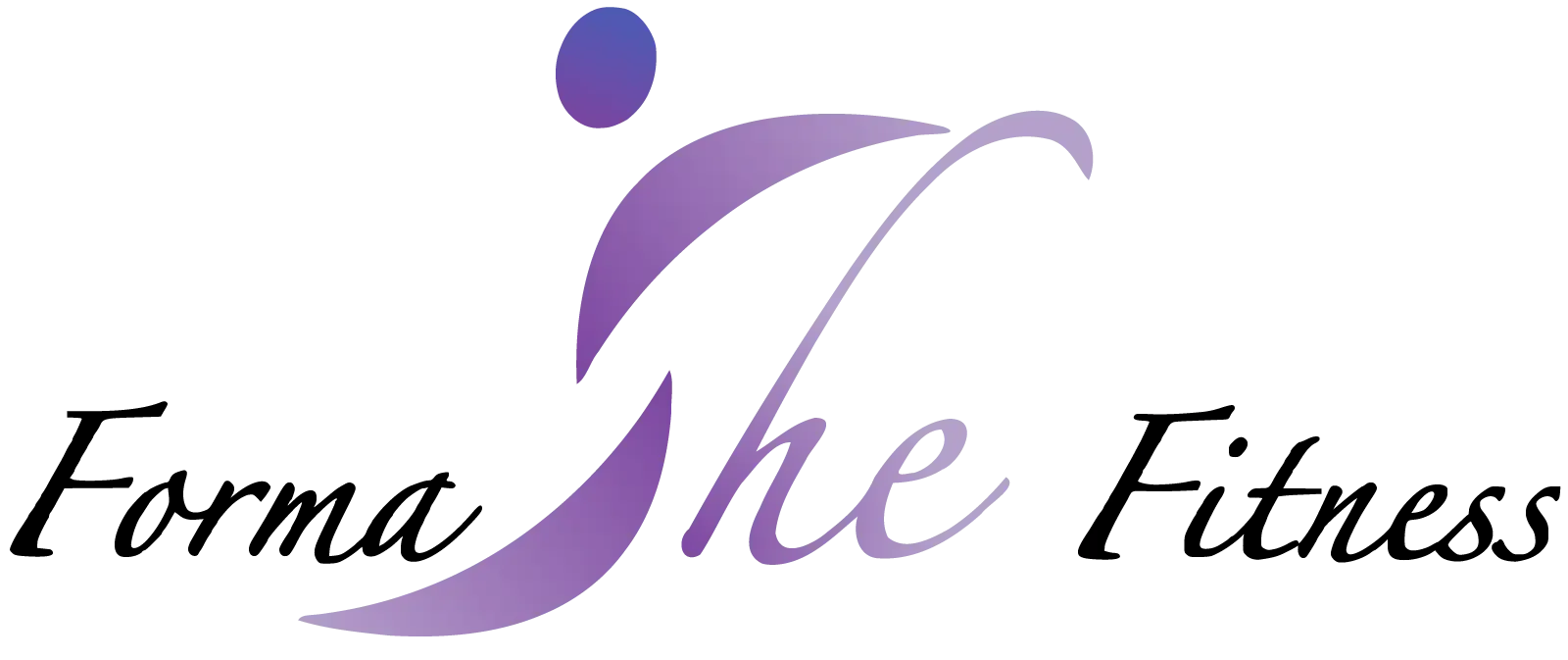


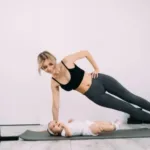
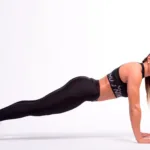



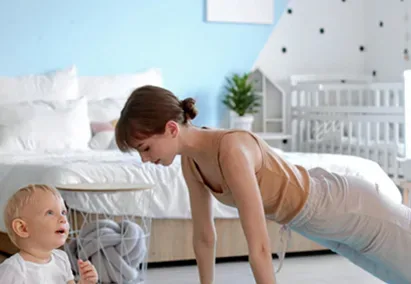
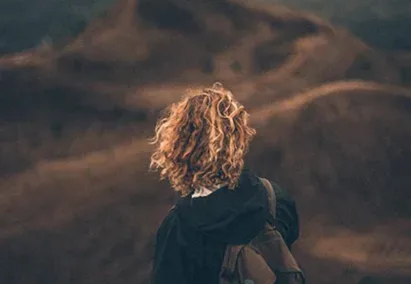


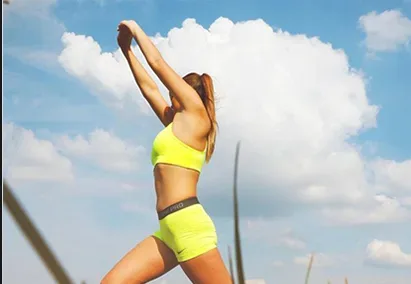

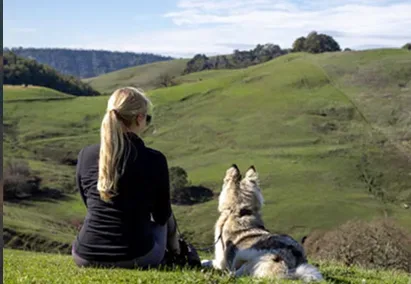

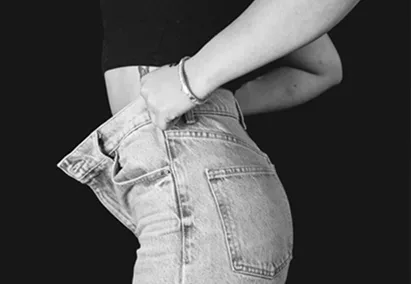




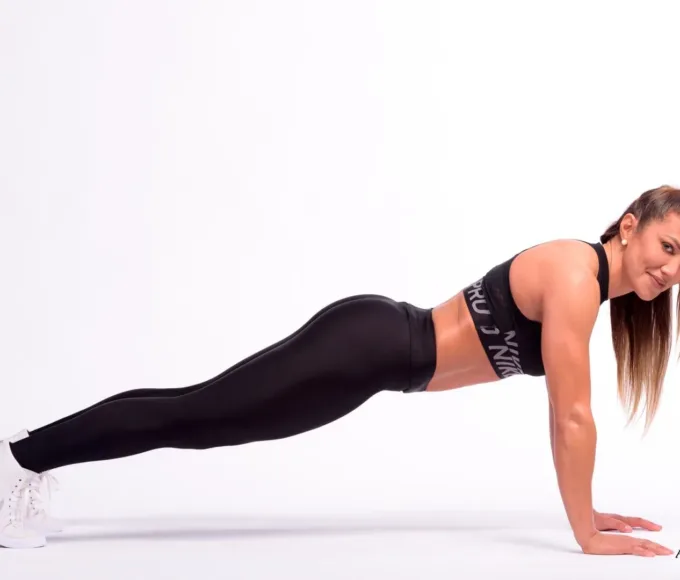
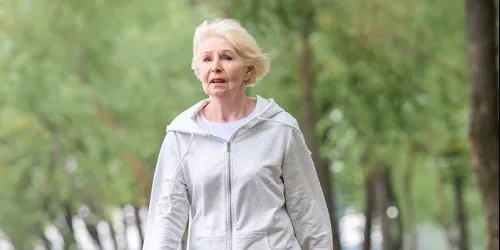


Leave a comment